
|
There is an ongoing debate among intellectuals about the current state of the world. Some say that we live in one of the scariest, darkest periods in the history of humanity, citing Ebola outbreaks, the rise of Islamic State (ISIS), North Korea’s nuclear capabilities, among other things. On the other hand, many experts remind us that despite all of that, humans live much longer, more and more parts of the population are educated and have access to modern technology, overall crime is in decline and despite what it feels like, the world is more peaceful now than at any other point in history. |
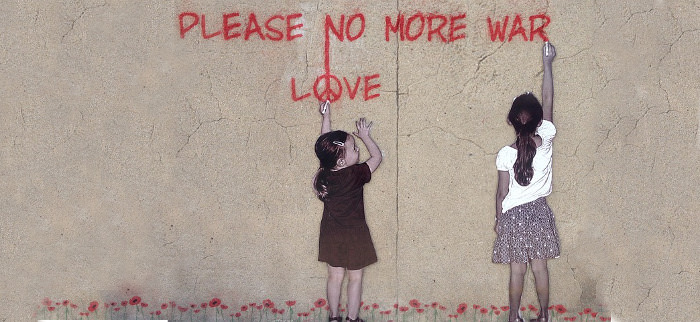 |
|
But I hear about scary things all the time Thanks to global coverage by news agencies and the rise of the internet, we learn about many things that we wouldn’t have been exposed to before. Everything is brought to us in an instant, without filtration and often, without verification. We are constantly bombarded by information (often contradictory) that would likely confuse even most pundits. So who’s right? The answer to that depends on the individual’s point of view. The media learned that blowing up an issue out of proportion brings them ratings, and ratings equals profit. When the news warns you day and night about a new disease, religious radicals, insane dictators and their ilk, you’re bound to be terrified. |
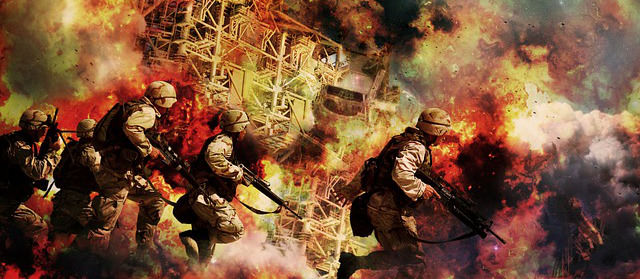 |
|
We perceive the world through a screen of emotions, projected onto partial information we receive from those with their own agendas and filtered by our experience and present situation. This process leads to all of the information we’re exposed to, ending up mixed together in our subconscious. The result often leads to irrational thoughts and fears that skew our perception and lead us to believe in falsies. |
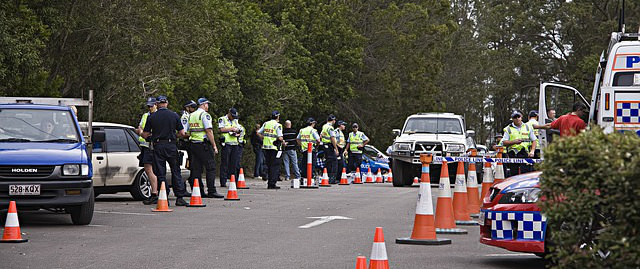 |
|
So how do I know what to believe in? 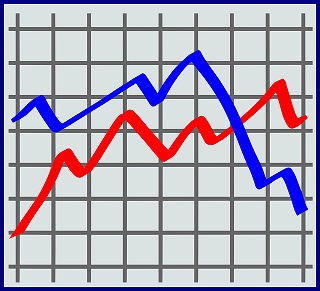
The easiest answer would be numbers: According to the U.S. Bureau of Justice, since the 1990’s, the number of victims of violent crimes has dropped from 5.1% to 1.5%. The Center for Systemic Peace reports a clear decline in armed conflict since the end of the Cold War. From about 30% of nations being engaged in armed conflict, the number dropped to around 13%. According to the UN, since the 1950’s worldwide infant mortality rates dropped while life expectancy rose. This comes to show that while things are far from perfect, they are still significantly better than they used to be. So everything is pink and rosy? |
 |
|
In one word – no. There are many indicators pointing at increasing climate changes, global terrorism has doubled itself in the last 10 years (source), strains of bacteria are becoming immune to antibiotics due to overuse, and so forth. So where does all of this put me? We’re all living in the gap between extremes. Some lean one way, some lean to the other, some lean more and some lean less. But the best way to approach information is through critical thinking. When you hear someone quoting a statistical number, investigate it. A politician will dangle a decline in crime during their term, but a quick research can show that the decline is countrywide, or that it started during a predecessor. When the news report a “scary” story, take it with a grain of salt and think who benefits from that story. |
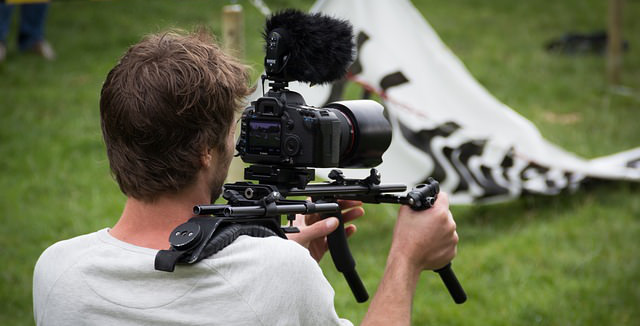 |
|
In conclusion, use your intelligence and don’t let others think for you. Don’t accept blanket statements and always verify the source of the information. This might take some effort, but it will also mitigate fears and give you more control over your life. |
|
Bonus video:Is War Increasing or Decreasing - A Perspective |

14 Creepy Facts That Will Send Shivers Down Your Spine
These 14 surprising facts about the world may definitely send shivers down your spine, but they are still important to know and recognize!
 12:10
12:10
Which Car Model Is the MOST Dangerous and Why?
This fascinating video explains and showcases several important drawbacks of contemporary car safety tests
 1:59
1:59
This Crazy Stunt Has Never Been Performed Before!
an amazing and dangerous stunt at one of England's most famous landmarks.

WARNING: Avoid These 15 Supplement Ingredients
Just because nutritional supplements don't need a prescription, doesn't mean they are safe! The following 15 supplement ingredients do more harm than good!
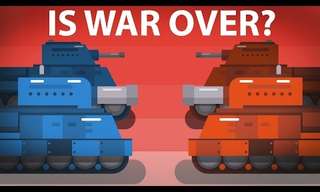 5:46
5:46
Is the World Becoming More Peaceful?
A new perspective on the direction the world is going.

Be Prepared! These Facts About the World Are Pretty Scary
These facts are incredibly fascinating... but they've got an element of spookiness to them too!

12 Heartwarming Photos of Kittens Before & After Adoption
These heartwarming before and after cat rescue stories and photos show how a loving home can completely transform the entire life of animals!

This Profound Story Taught Me the Importance of Gratitude
The eraser seemingly only exists for the pencil. Does this remind you of anyone?
 14:18
14:18
Saying No: A Key Buddhist Practice for Inner Peace
Use Buddhism to ignore distractions and focus on what matters.
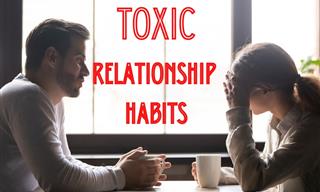
6 Toxic Relationship Habits That Seem Normal
Oftentimes, it's seemingly 'normal' habits that contribute to a toxic dynamic in your relationships. Keep an eye out for these 6 harmful behaviors.

6 Thoughtful Zen Parables for Inner Enlightenment
Read these thoughtful Zen parables for a better and more uplifting life.

16 Pearls of Wisdom from Socrates
To this day, people worldwide can relate and find the the wise words of Socrates useful and practical! Here are 16 quotes by the great philosopher!
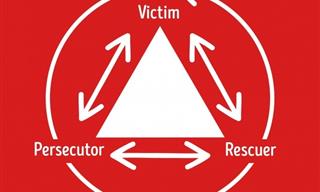
What is the Karpman Triangle, and Is it Affecting You?
Learn what the Karpman Triangle is and how it may be harming your family's relationship with each other...

I Became Happier As Soon As I Put This into Practice...
Everyone knows that happiness is a most beautiful thing. But how are we supposed to go about achieving it? Here are 10 happiness rules.

Inspirational Poem: Life Can Be a Struggle. Are You Ready?
These sentimental words will provide you with plenty of inspiration to face the day and every day that follows.
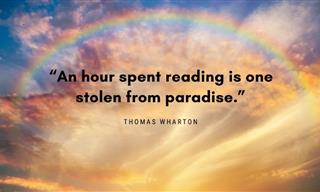
These Beautiful Quotes Will Inspire You to Pick Up a Book
Are you an avid reader? Or maybe, on the contrary, you haven’t picked up a book in a while? These 18 beautiful quotes will surely make you crave a good book

15 Quotes on Yoga That Will Bring You Some Inner Peace
Yoga is a practice through which you can attain inner peace and find balance in your life. Here are some inspiring yoga quotes to motivate you.

I Hope These Beautiful Thoughts Will Bless Your Day...
Start your day with a few positive, inspiring and beautiful thoughts.

This Girl Surprised All When She Was Asked About 7 Wonders
When a little girl is asked in her class about what she thinks the true 7 wonders of the world are, her answer surprises and inspires everyone...

Get Inspired by Dr Dyer's 6 Life-Infusing Essential Ethics
When I am spiritually lost I return to Dr. Dyer's 6 essential principles for living a spiritually wonderful life. The 6 fruits of his wisdom are ...

She Left This Letter Before She Died, It Was Heartbreaking
A little girl passed away, this is the letter they found...

11 Things We Should Stop Doing in This Life
These quotes will teach you that you cannot wait for the perfect moment to enjoy each day.
 5:46
5:46
This Dog Was Left on a Deserted Island, Until...
this video will break your heart and then mend it as you see this poor dog being rescued.

8 Effective Tips That Will Help You Solve Any Problem
Any problem that comes with us, large or small, may feel complicated and difficult to solve. following these 8 tips will help solve your problems easily.

15 Quotes to Remember from F. Scott Fitzgerald
To celebrate the contribution he gave the world through his writing, here are some of the most beautiful quotes of F. Scott Fitzgerald on life, love, and talent.

A Few Words of Inspiration Can Go a Long Way...
Some good advice to help you along in life.

These Are The Things I Will NOT Wish You This Christmas...
This year, my wishes are more meaningful than they've ever been. I would like to wish you nothing more than the love of...
 5:07
5:07
Don't Make Life So Complicated! Live by These 3 Rules
We make our lives out to be more complicated than they need to be. Listen to these inspiring words.

An Old Man Teaches a Businessman a Valuable Life Lesson
This businessman learned a valuable life lesson from a kind and caring old man.

16 Beautiful Words of Wisdom to Brighten Up Your Soul
We hope these beautiful quotes will inspire and motivate you to great deeds and spread kindness to others, too.
 6:58
6:58
Watch This Baby's Miracle Story Unfold Before Your Eyes
Miracles do happen. Watch the incredible journey of Ward Miles, a baby born three and a half months prematurely.

10 Types of People We All Need in Our Life
Today we will introduce you to 10 types of people that your soul needs, and we will also explain to you where you can find them and who they can be.

What is Smiling Depression? 5 Signs Someone's in Trouble
5 signs someone you know is covering for a major depression

13 Remarkable Quotes from Frank Sinatra
Being one of the most prominent figures in entertainment in the past century, Frank Sinatra has some remarkable things to say about life, love, and success.

Embrace Gratitude: 11 Quotes to Elevate Your Life
Let's remind ourselves of the beauty of life and how fortunate we are to be right here, right now, by reading though 11 gorgeous, wise quotes on gratitude.

10 Mistakes You Will Regret in 10 Years Time
We will introduce you to 10 common mistakes that you may regret in the future.
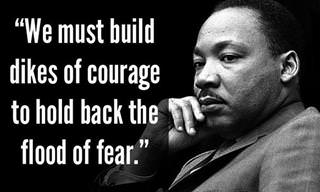
Martin Luther King Had a Powerful Message to Share
Martin Luther King left a legacy and some of the most powerful words in history.

May Your Life be Blessed with Strength and Courage
You are more courageous than you think. Here's a message that will inspire you.

16 Great Ways to Calm Down Anytime and Anywhere
With the following 16 ways, you can calm yourself down whether you're in the car, at the office, at home or with your kids.

Read Larry King’s Most Powerful Words
To honor the memory of the late talk show host Larry King and his legacy, we rounded up some of his most powerful and memorable quotes.

Wish Your Loved Ones a Happy Valentine's Day Card!
Choose from our lovely selection of greeting cards and share your deepest wishes with your friends and family, to celebrate this love-filled time of the year!
 5:39
5:39
5 Real Life Heroes Caught On Camera Saving Lives
These people were caught on camera acting like real heroes, saving lives and helping those in traumatic situations.

There's Nothing Better Than Life Advice From a Dear Friend
Receive the kind of life advice you've always wanted to be given - you will see how it all makes sense.

My Dear Friend, I Gift You This Friendship Bouquet
Sometimes in life, we fail to see what's right in front of us, and that includes how much we are loved. Watch this video to reinvigorate your appetite for life.

Smile! A New, Sweet Outlook on Life is Coming Your Way!
These cute greeting cards have the power to change anyone's outlook on life to a positive one!

This Is a Message You Should Only Share with a True Friend
If you have a true friend, share this video with them to let them know that you appreciate them deeply.

30 Quotes by Marcus Aurelius - The Philosopher King
Marcus Aurelius best known for his stoic philosophy personal writings 'Meditations' - a collection of 12 short books about Self-discipline, guidance, motivation, and self-improvement. 30 beautiful quotes by Marcus Aurelius still relevant today.


